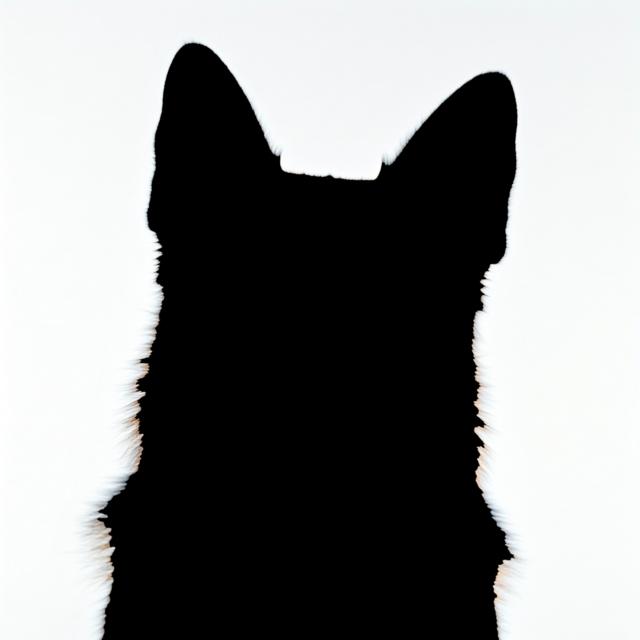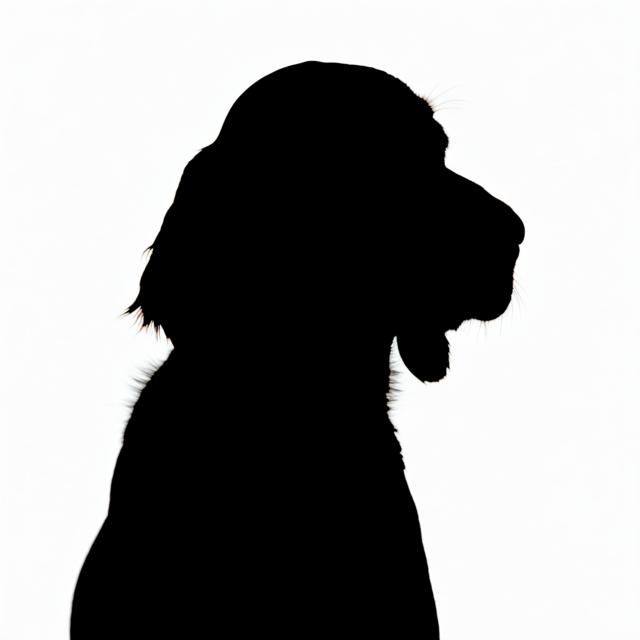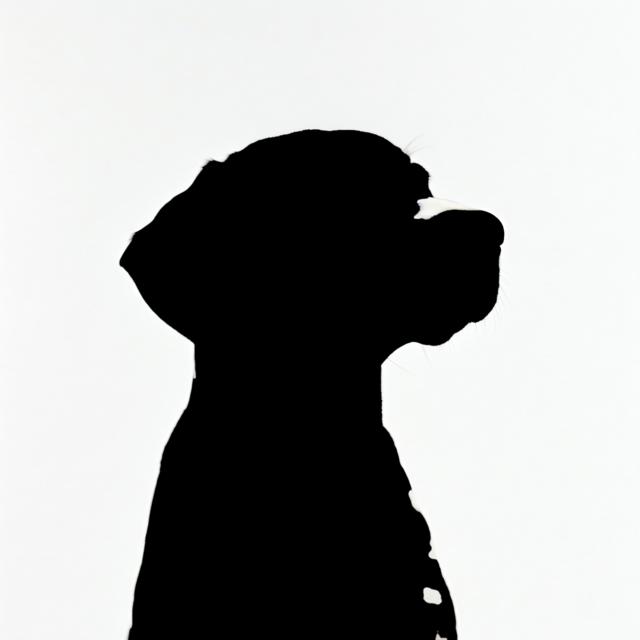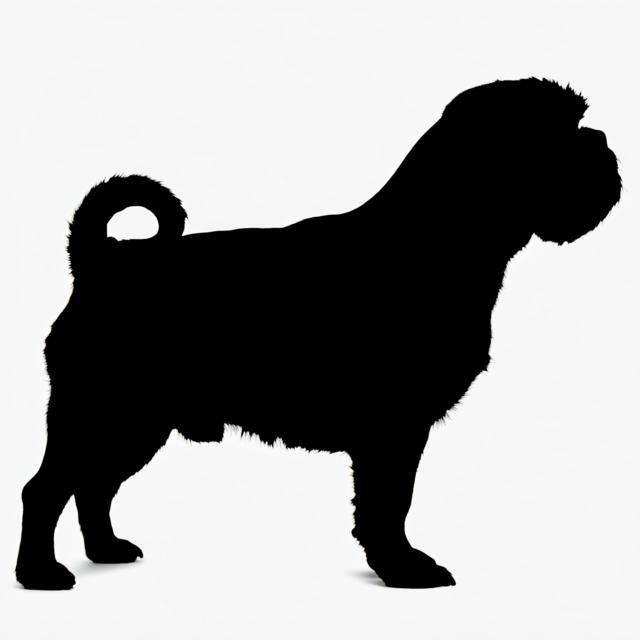Jagdterrier
German Hunting Terrier
 akc
akc ankc
ankc fci
fci nzkc
nzkc ukc
ukc



Summary
- The Jagdterrier is a German hunting breed known for its fearlessness, high energy, and versatility in hunting roles. They require experienced owners and extensive exercise due to their strong prey drive and intense nature.
Origin and Purpose
- Developed in Germany after WWI to be a versatile hunting dog, primarily for below-ground work, flushing game, and blood tracking.
Appearance
Dimensions
| Gender | Height | Weight |
|---|---|---|
| Female | 13-16 inches (33-40cm) | 17-20 pounds (7.5-9 kg) |
| Male | 15-18 inches (38-40cm) | 20-22 pounds (9-10 kg) |
Coat
| Attribute | Notes |
|---|---|
| Color |
|
| Type |
|
| Length |
|
Care
| Attribute | Notes |
|---|---|
| Shedding |
|
| Grooming |
|
| Drooling |
|
Body
| Attribute | Notes |
|---|---|
| Head |
|
| Skull |
|
| Ears |
|
| Eyes |
|
| Nose |
|
| Muzzle |
|
| Teeth |
|
| Neck |
|
| Forequarters |
|
| Fore Legs |
|
| Hindquarters |
|
| Hind Legs |
|
| Feet |
|
| Tail |
|
| Gait |
|
Temperament
- Fearless, energetic, intelligent, determined, and tenacious.
Social
| Attribute | Notes |
|---|---|
| Affectionate with Family |
|
| Good with Children |
|
| Good with Dogs |
|
| Good with Cats |
|
| Openness to Strangers |
|
| Playfulness Level |
|
| Protective Nature |
|
| Adaptability Level |
|
Working Roles
- Hunting, specifically for below-ground work (fox, badger), flushing game, and blood tracking.
Exercise Needs
- High, requires a lot of daily physical and mental stimulation.
Health
- Generally healthy, but prone to some genetic conditions like lens luxation and certain eye issues.
Additional Notes
- Not recommended for novice dog owners due to their intense nature and high energy levels. Early and consistent training is essential.